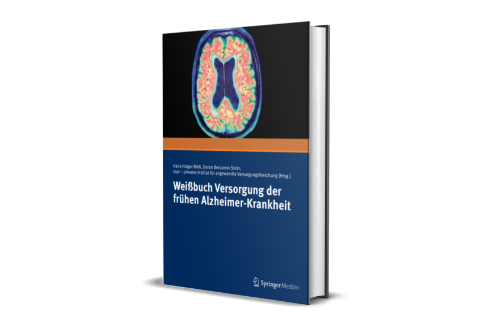
Public Health Impact of an OTC Switch of Sildenafil 50 mg
The rising prevalence of erectile dysfunction is increasingly becoming a significant public health problem in Germany, too, and the active ingredient sildenafil is an established treatment option for affected patients. The aim of the expert opinion was to work out the public health impact associated with a switch from Rx to OTC status for sildenafil 50 mg within the framework of a literature-based study.
The discussion about an OTC switch of sildenafil is characterized by two central leitmotifs. On the one hand, the illegal trade in counterfeit drugs should be reduced as far as possible. Second, low-threshold counseling services in pharmacies about the conditions underlying erectile dysfunction are intended to transfer more patients to structured medical treatment.
Methodology
First, the scientific evidence of successful OTC switches for selected active ingredients was analyzed in the form of case studies. Furthermore, the literature on OTC switches of sildenafil in neighboring European countries (especially the United Kingdom) was evaluated. In addition, expert interviews were conducted with representatives of pharmacy and patient associations to map current assessments. The assessment of the public health impact of a possible OTC switch of sildenafil was based on three domains: patient-relevant, health system-related and socio-economic impact.
Patient-relevant aspects: Since only about one-third of patients with erectile dysfunction consult a physician, and sildenafil is often taken without prior medical consultation, OTC dispensing through pharmacies could lead to low-threshold access to the care system. Pharmacies could seek contact with customers at the point-of-sale and refer patients to medical care if there are signs of the presence of underlying conditions. One estimate found that with an OTC switch, approximately 700,000 men with erectile dysfunction would benefit from an expansion of therapy.
Health system-related aspects: A clearly identifiable advantage of the OTC release of sildenafil for the health care system is the strengthening of the profession as well as the health care competence of pharmacists through sildenafil counseling services, since erectile dysfunction represents a new field of counseling for pharmacists. That pharmacists could also make a public health-relevant contribution in the case of an OTC release of sildenafil is shown by the results of a European observational study that investigated whether pharmacists can make an appropriate recommendation of sildenafil 50 mg for the treatment of erectile dysfunction.
Socio-economic aspects: Initially, an OTC switch from sildenafil does not result in any significant savings in drug costs, as these are to be borne by the patients themselves on the basis of a guideline issued by the Federal Joint Committee. However, since affected patients often do not visit their doctors, there is a risk that the underlying diseases or secondary diseases that promote erectile dysfunction are not diagnosed or are diagnosed only after a time delay, which can lead to more severe courses of the disease with high treatment costs. The goal of an OTC switch should therefore be to enable the diagnosis of the underlying diseases in a larger proportion of patients with erectile dysfunction and thus make a public health-relevant contribution.
Conclusion
In summary, a potential OTC switch of sildenafil 50 mg thus involves a balancing of the resulting patient benefit and patient safety. The current prescription requirement for sildenafil is intended to promote both patient safety and therapy for patients under medical care. However, because in the vast majority of cases the drug is obtained outside of medical treatment, a large proportion of affected patients remain inadequately treated. An OTC switch could help destigmatize sildenafil as well as erectile dysfunction and transition previously untreated patients into medical treatment through pharmacy information and low-threshold consultation.
Photo: freepik | ArtPhoto_studio








